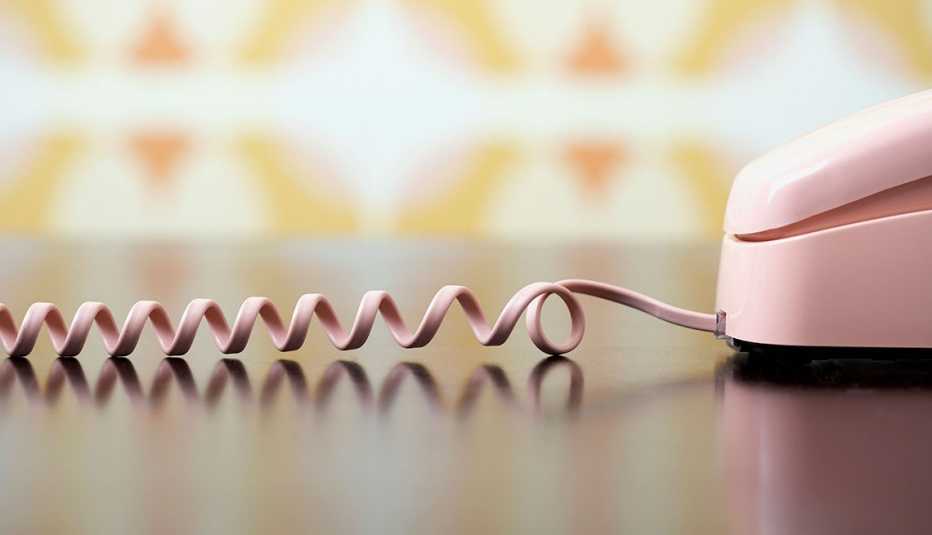AARP Hearing Center


If you’re finally ready to drop your landline telephone, you could save a ton of money.
In an emergency, a good old-fashioned landline phone has been regarded as the most reliable method of communication. When storms knock out power, cellphone towers often go dark, as do high-speed internet connections.
On the other hand, copper-wire landlines work without power or battery-operated phones. But landlines have become increasingly expensive — and rare.
A single, basic line from AT&T with standard long-distance service can cost $90 a month. And as landline costs have risen — in urban areas the federal Bureau of Labor Statistics shows a 31 percent increase from May 2011 to May 2021 — mobile phone service costs in the same 10-year period decreased by 20 percent.
Landlines have lost some of their vaunted reliability. Phone companies don’t want to support them as they switch to fiber optic cables and have been accused of discouraging landlines, according to customer complaints in California and elsewhere. Getting a landline repaired can take several months.
911 dispatchers’ tools find cellphone users better
More important, 911 support for cellphones and online calls has improved because of advancements in phones, GPS technology, carrier services and dispatching equipment. Emergency services now can easily pinpoint internet calls, and some wireless calls can be traced to within 150 feet or so of your exact location.
One lingering objection to quitting plain old telephone service (POTS) has been the relatively poor audio quality of cell and over-the-internet calls. But two things have changed.
First, the voice quality of internet-based calls, called voice over internet protocol (VoIP), has improved. It often matches and sometimes exceeds the clarity of traditional landlines, according to tests.
Second, everyone else is using cellphones and internet-based phones. That can negatively affect the quality of a call even if you’re on one end with a landline.
Back in 2003 when the National Center for Health Statistics started collecting data on cellphones vs. landlines, nearly 95 percent of adults had a landline. At the end of 2022, fewer than 27 percent of adults reported having a landline, and an overwhelming majority had a cellphone, too.
Nearly nine in 10 adults ages 25 to 34 have cellphone service alone, according to the National Health Interview Survey that the Centers for Disease Control and Prevention conducted July to December 2022. However, only about half of respondents 65 and older had gone completely wireless.
Hurdles to change are lower than ever
Why the reluctance for traditionalists to cut their landlines?
Since voice quality isn’t as much of an issue anymore, one deterrent is the fear of losing an essential line of communication in an emergency, particularly when the power goes out. Old analog telephones on POTS lines don’t require electricity to make calls.
The COVID-19 pandemic underscored the importance of such lines of communication. Moreover, the increase in extreme weather has contributed to those concerns — even in not-so-remote areas. One AARP reader in the Houston area noted being out of power for weeks after a hurricane, but their old landline still worked the entire time.
A lot of people also want to keep their old phone numbers, which is possible, especially if they’re not moving. Your old telephone company must transfer your number to a new provider, including a cellphone service, according to the Federal Communications Commission (FCC). The provider is allowed to charge for the transfer but ask if the fee can be waived or lowered.































































More From AARP
How to Find Wireless Emergency Alerts on Your Smartphone
Text-like cellphone messages add to TV, outside sirens
Get a Free ‘Burner’ Phone Number for Calls or Texts
The throwaway number can be a valuable shield from spam
Essential Technology to Have During Natural Disasters
Free apps, affordable gadgets can help in an emergency
Recommended for You